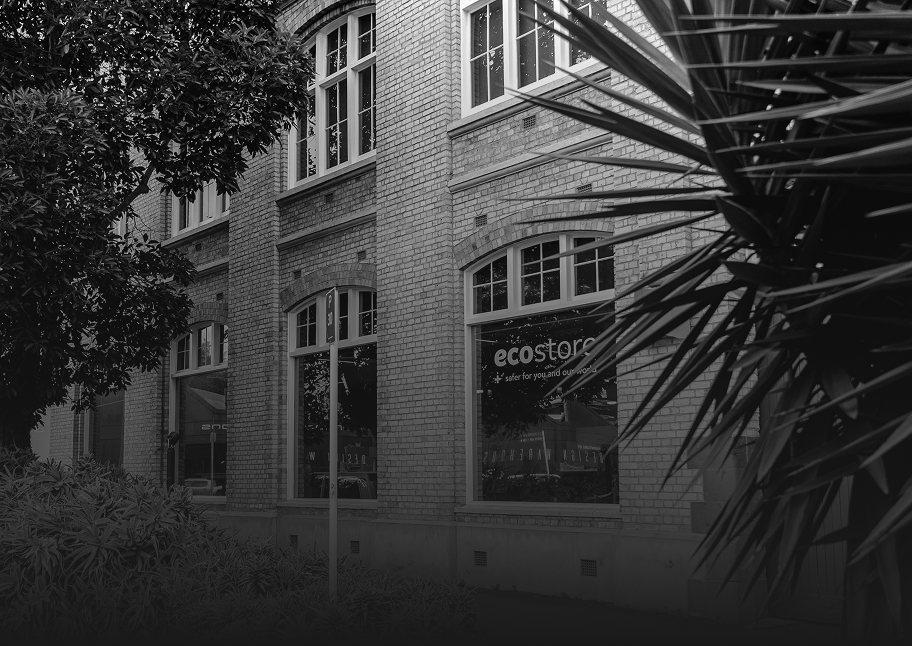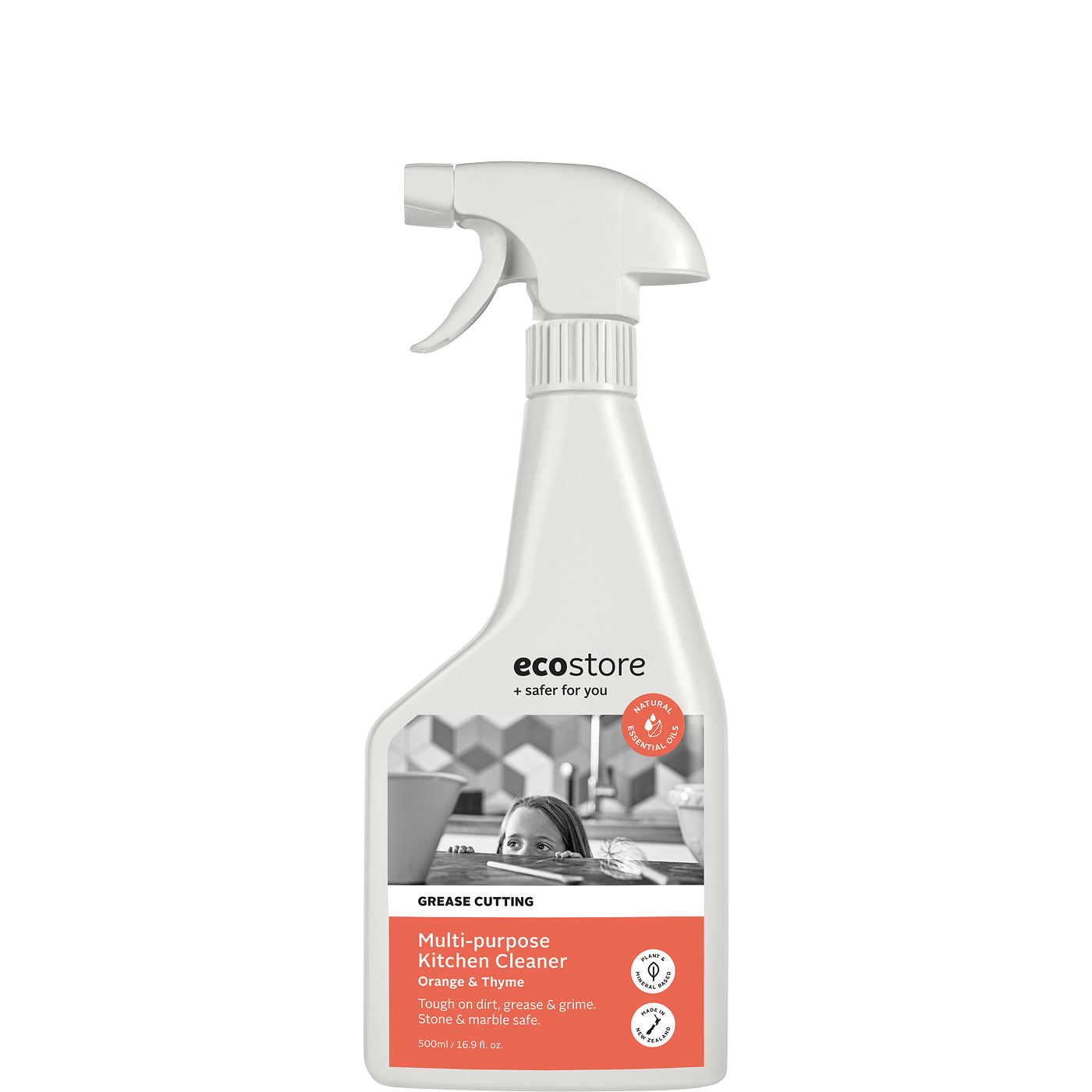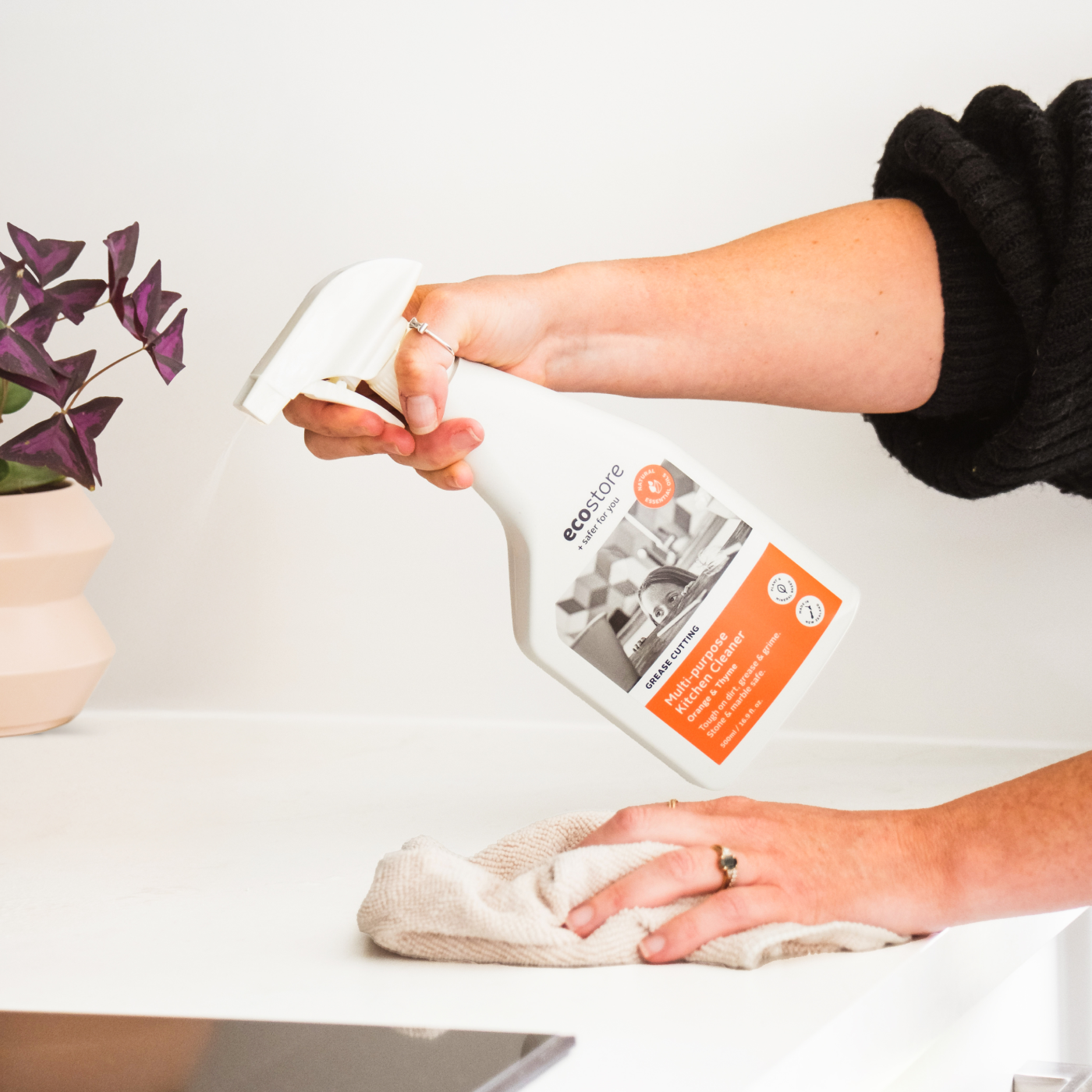It’s said that the kitchen is the heart of a home because it’s where families spend a whole lot of time. It’s also where we make a heap of purchase decisions when it comes to food, and in doing so have the potential to create piles of waste.
My mission is to feed my family good nutritious food, with minimal waste, in the shortest amount of time possible. So when it comes to food packaging, there are a few changes I’ve made to reduce our waste. And what’s pretty awesome is that they also save us time and money.
Bulk up
Buying in bulk has been a game changer. I’ve slashed packaging waste by 90 per cent, only go to the supermarket every eight weeks, and save two working weeks of time per year! How has this been possible? One key change has been switching to buying my pantry staples through a food co-op – a group of individuals who buy bulk together for better purchasing power. Things are still packaged, but due to sourcing and sharing bulk quantities, there’s a whole lot less waste.
A simple change can be to think bulk whenever you’re shopping. To reduce the amount of packaging waste you’re coming home with, buy the largest bag of rice, the biggest bottle of milk or a large bag of chips instead of the individually packaged ones.
Pick your packaging
Choosing items based on the environmental impact of their packaging can get pretty complex, so a few simple principles can help:
- Eat more real food – it’s naturally got a whole lot less packaging.
- Take your own containers – butchers, bakers and bulk food stores are very receptive to customers rocking in with their own vessels. You don’t need Instagram-worthy containers either; make do with things like jars, ice cream containers or reuse plastic bags. If you’re not sure your local specialty food shops and supermarkets are into BYO containers yet, start the conversation to create change where you shop.
- When you do choose packaged products, consider things like can it be reused? Glass jars are a favourite in our house and I reuse them for storing and freezing all sorts of things.
- What happens at the end of its useful life? I choose paper over plastic because after reusing it as much as possible, it can go into my worm farm or compost.
- How easy is it to recycle? I choose things like cans over plastic as there’s more demand for them in the recycling chain.
Bake or grow simple staples
I’m not into toiling in the kitchen or garden all weekend, but I bake crackers and slices in bulk for kids’ lunchboxes, and grow hardy greens in the garden for daily smoothies.
I get that time isn't always on your side, so think about how you can share the load. Maybe get a baking circle going where everyone bakes a bulk batch of something to swap, or find a neighbour or a local community crop swap to exchange all of that kale from the garden.
-----
This is part 2 in our 6-part monthly series by behaviour changer Nic Turner of Mainstream Green. Stay tuned for the next post where Nic shares simple ideas for reducing food waste in the kitchen.
Read more

This week is Compost Week. So in this three-part blog series, we’re digging into sustainable, garden-loving ways to deal with food and plant waste at home or in your workplace. We’re starting with ...

One Friday at work, in between emails, face-to-face conversations and a myriad of other notifications, I received an email invite to a yoga workshop at my favourite studio on Sunday, and excitedly ...






